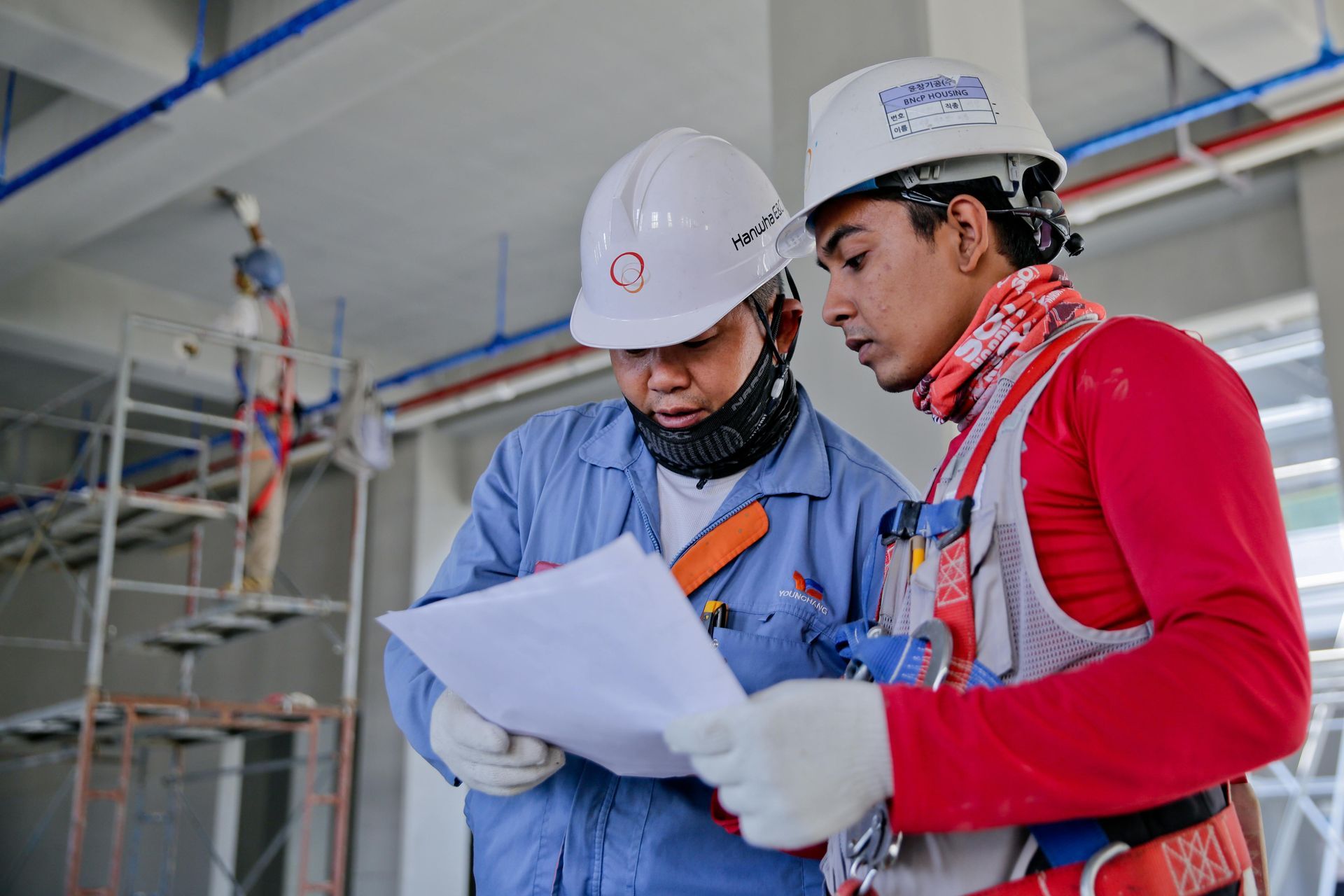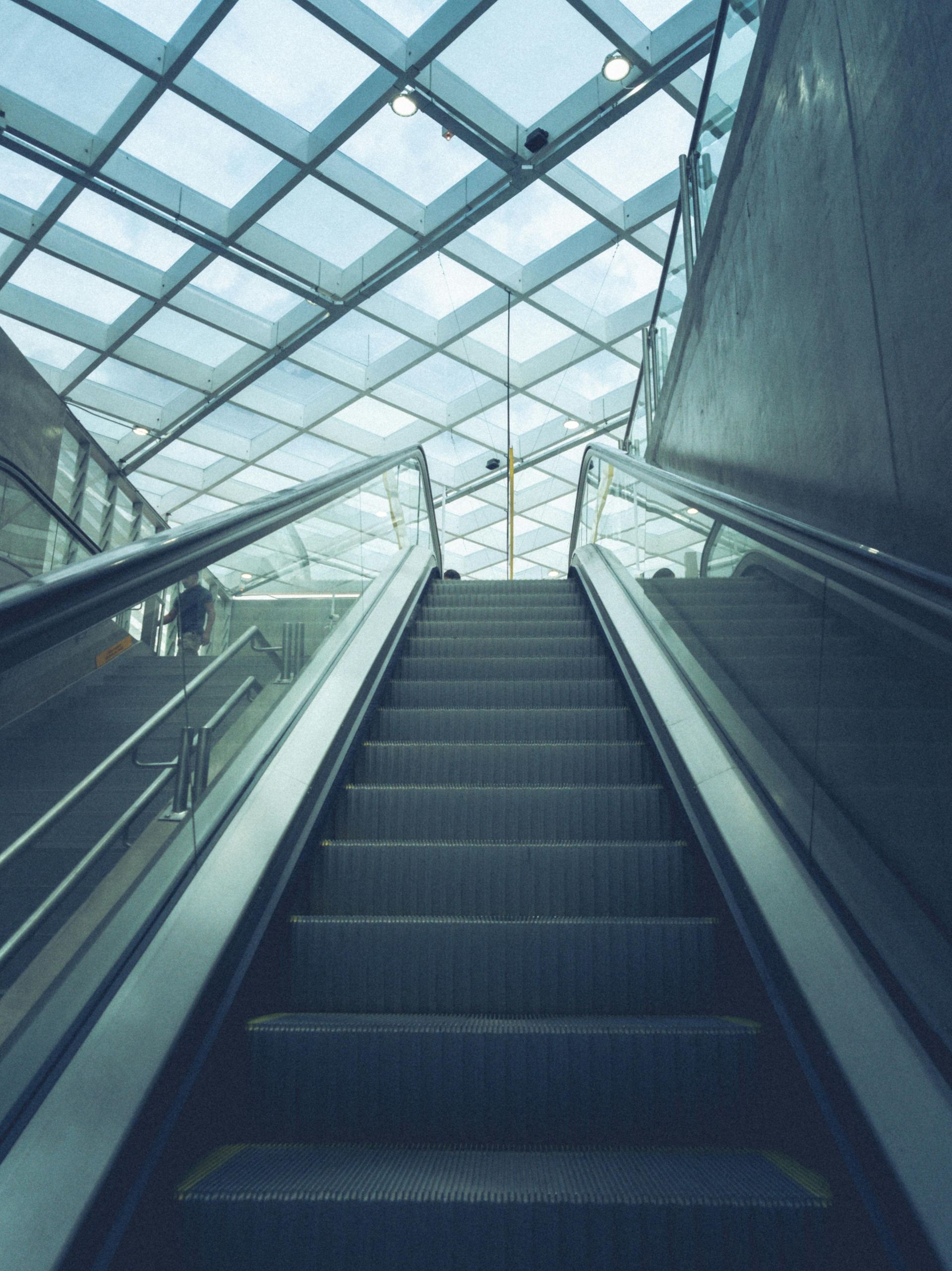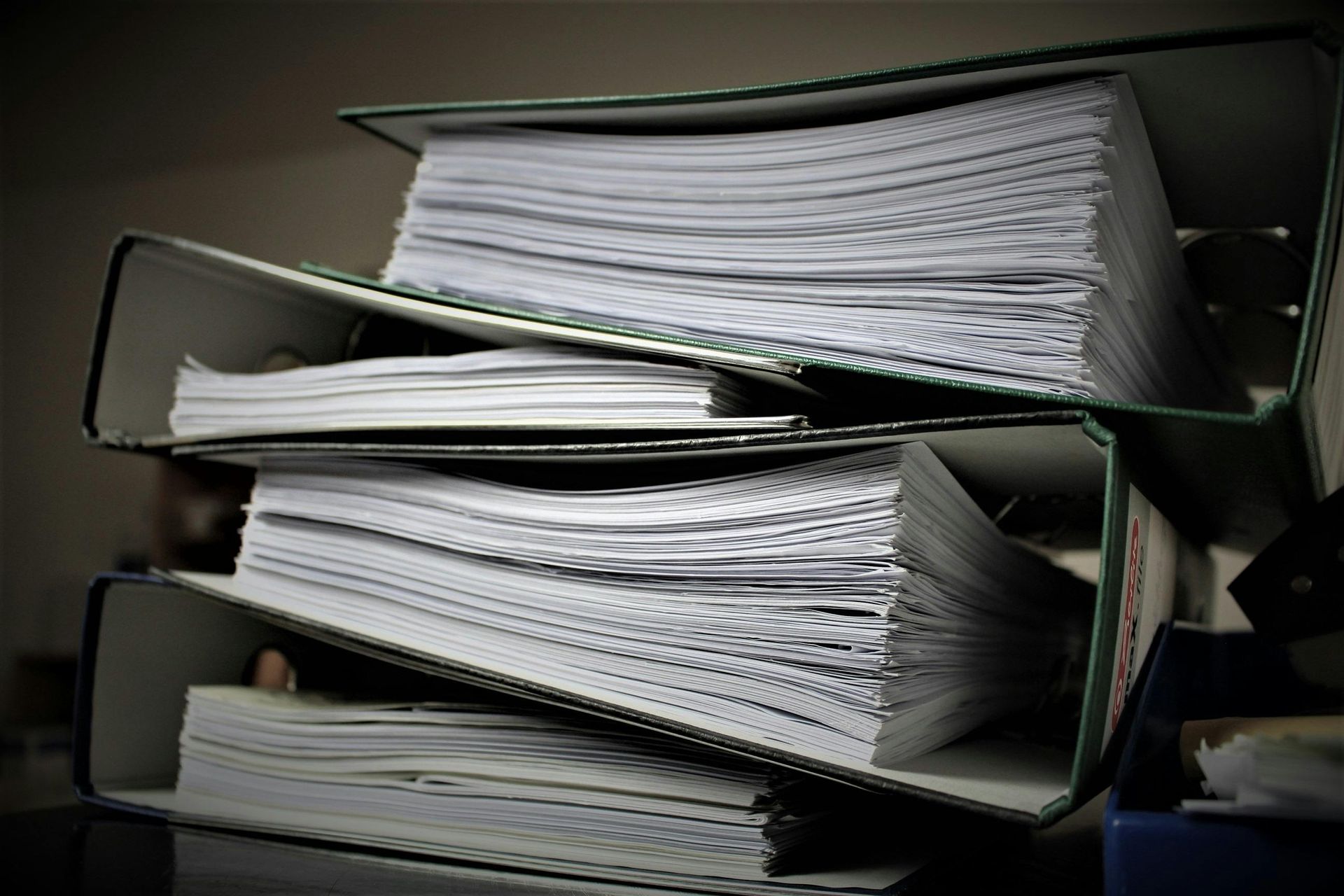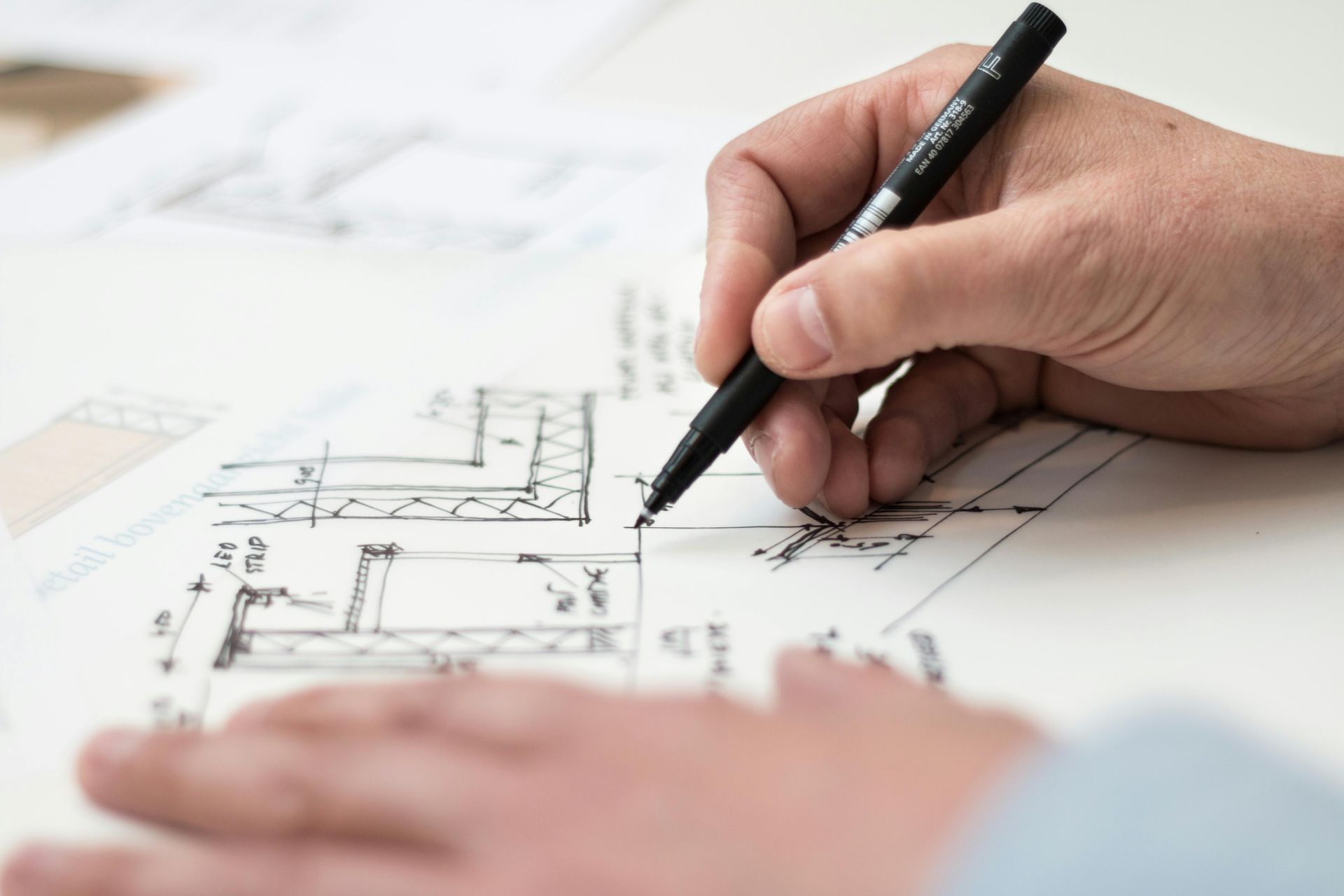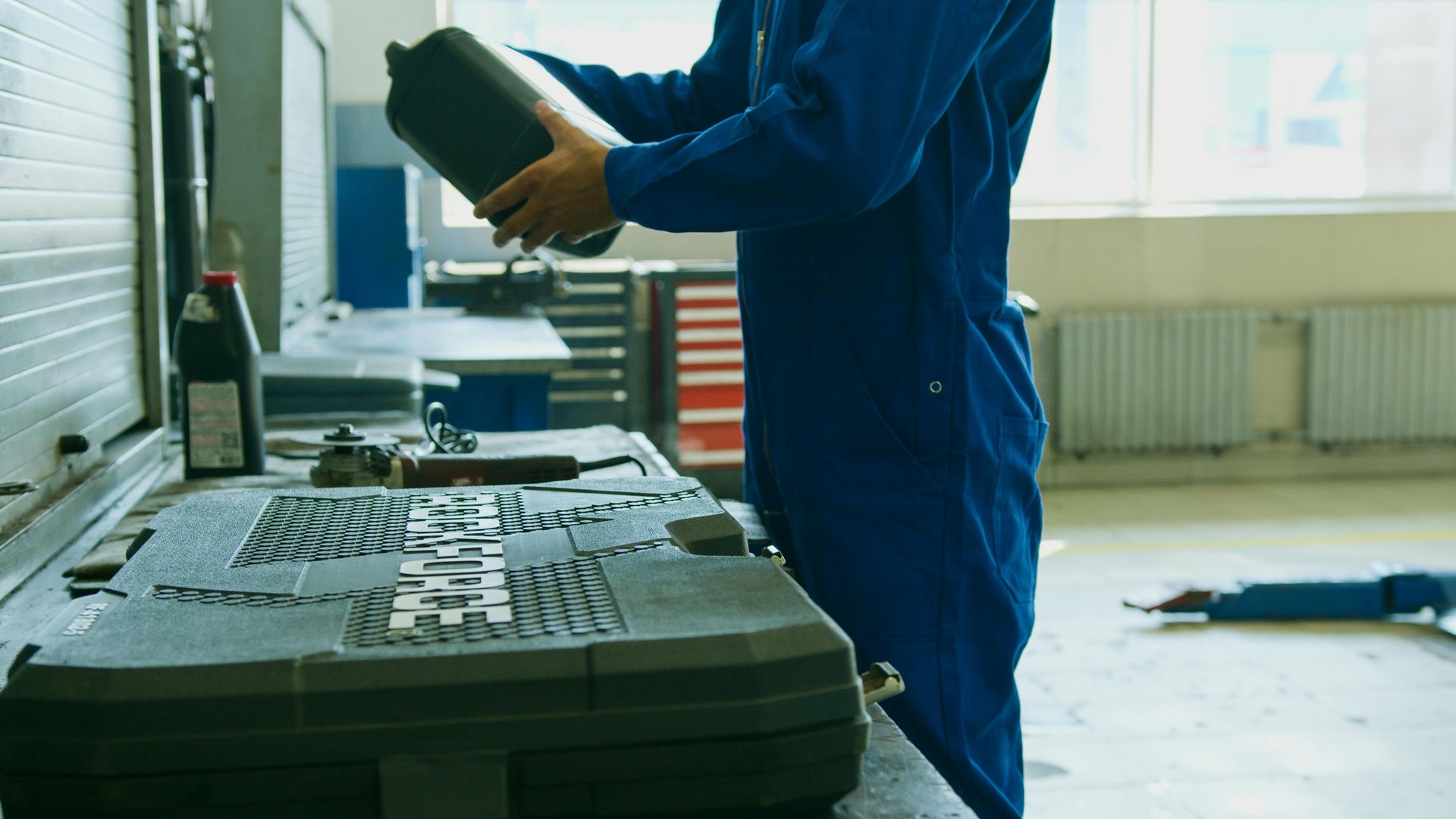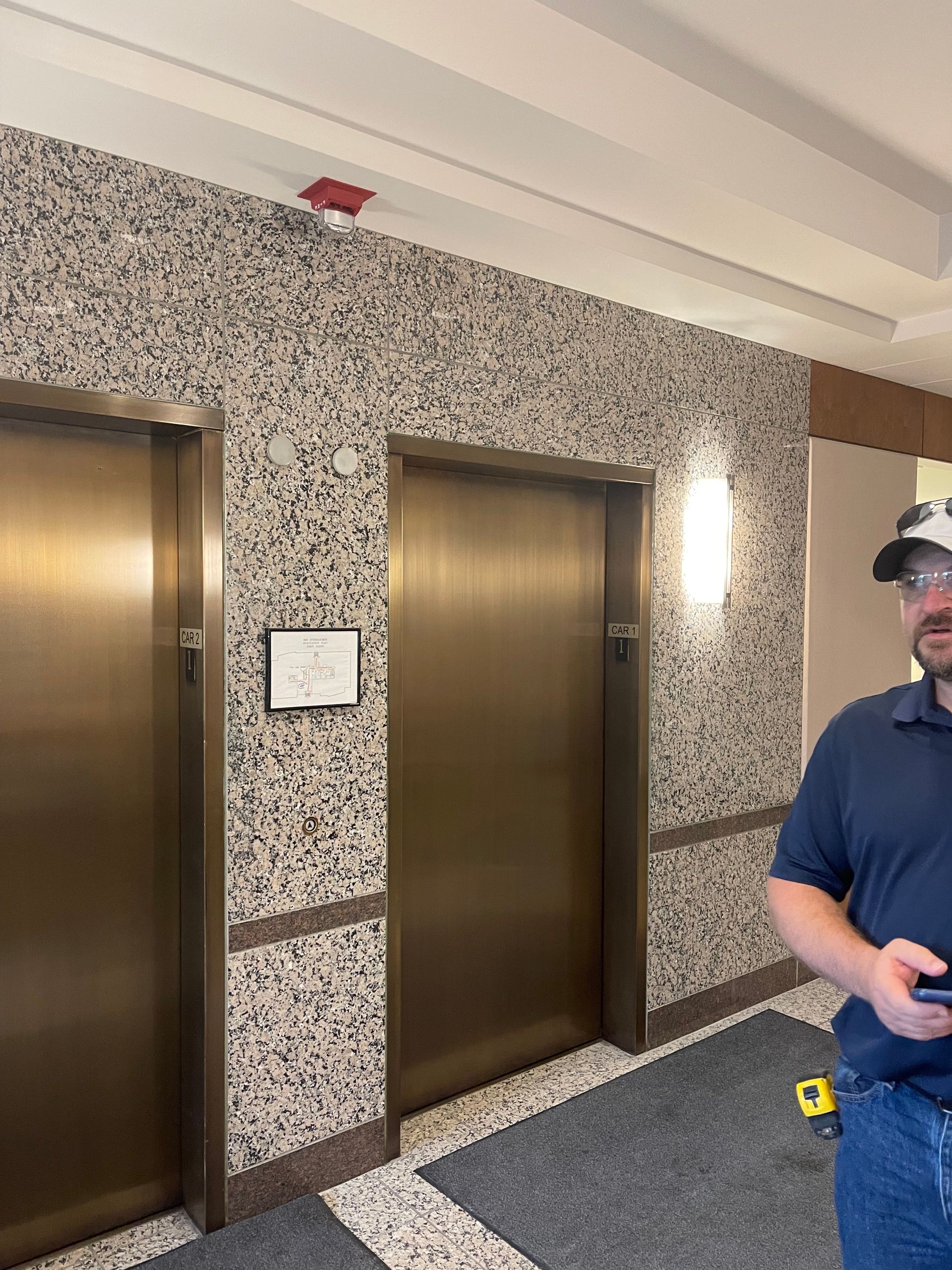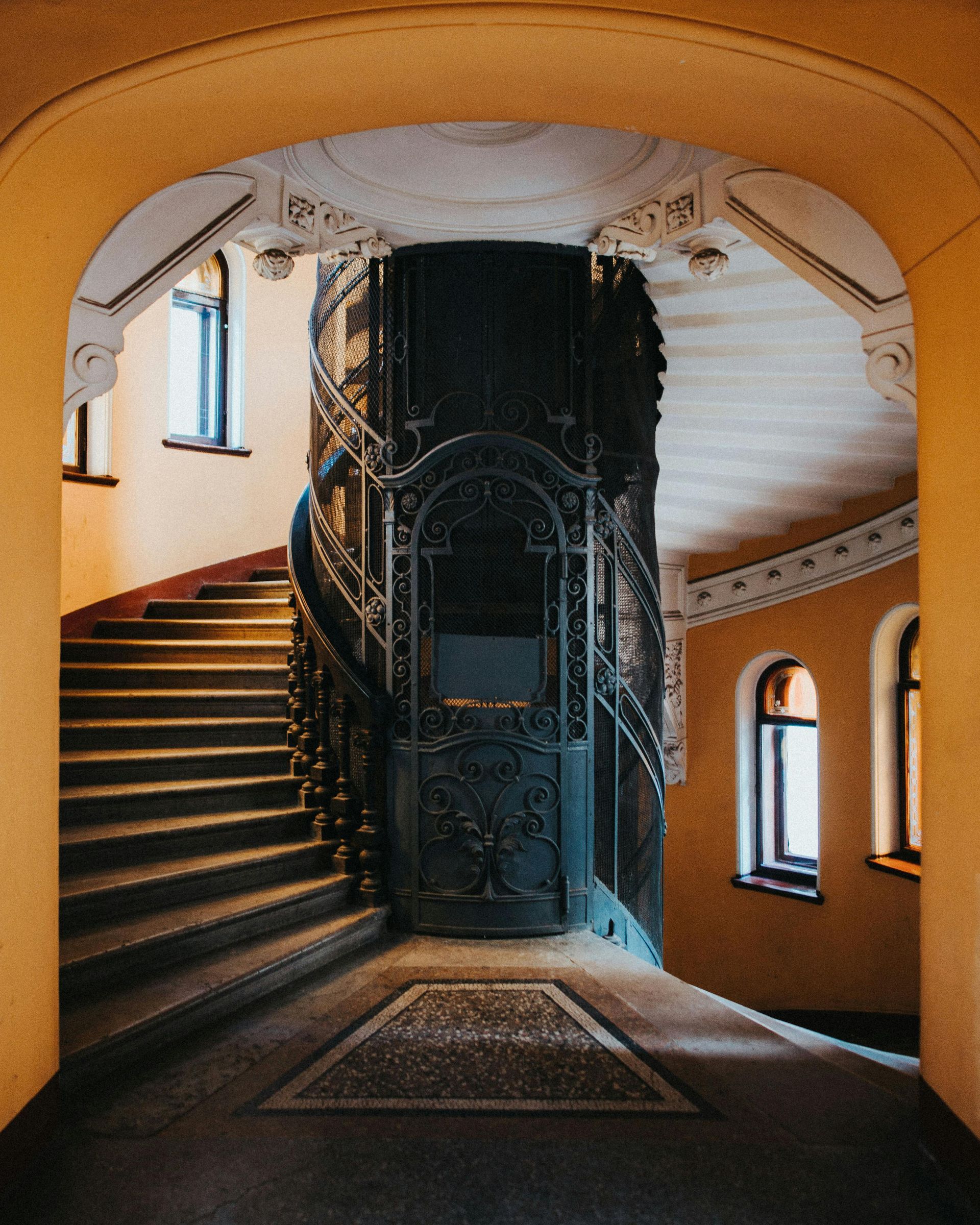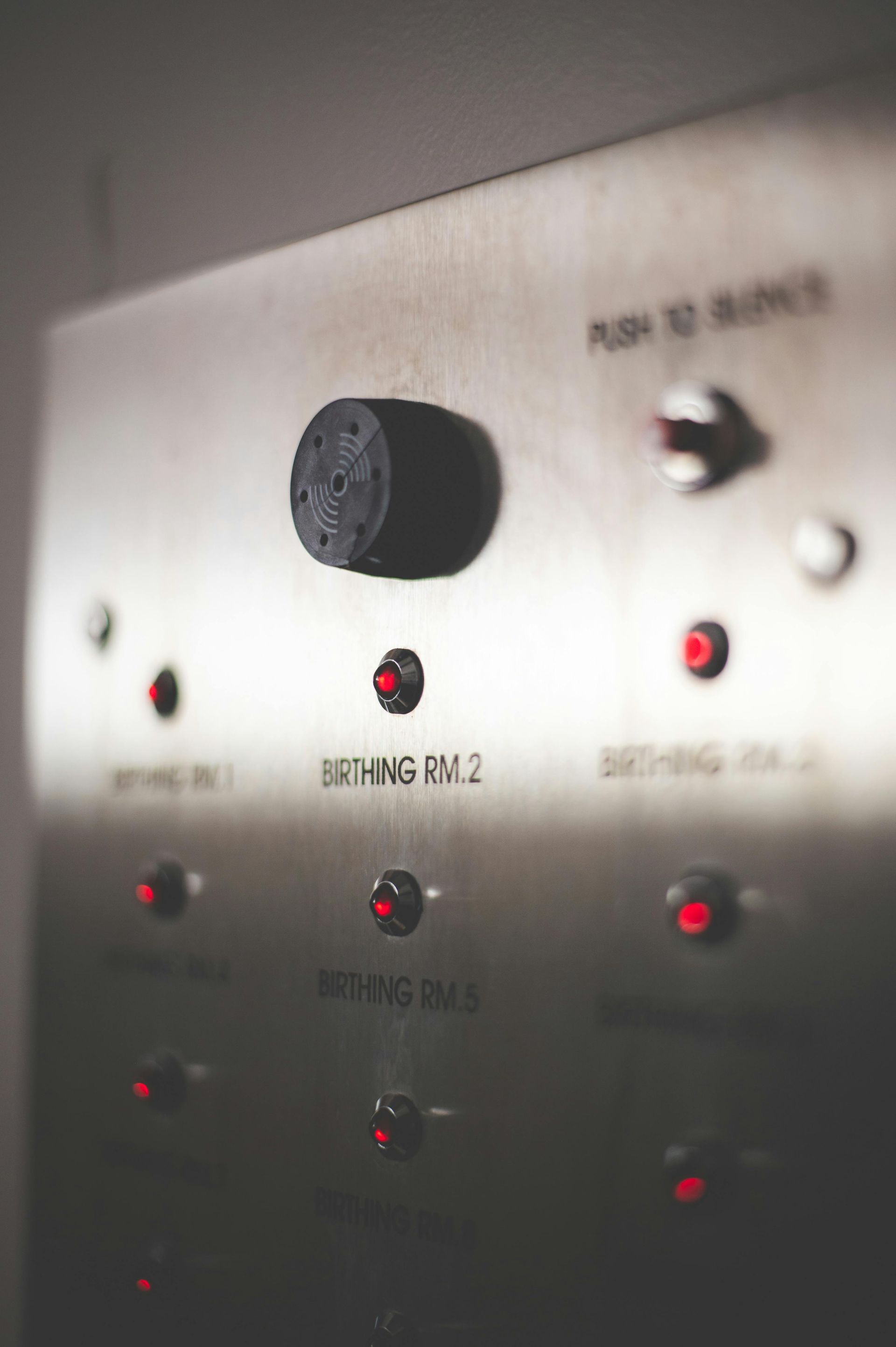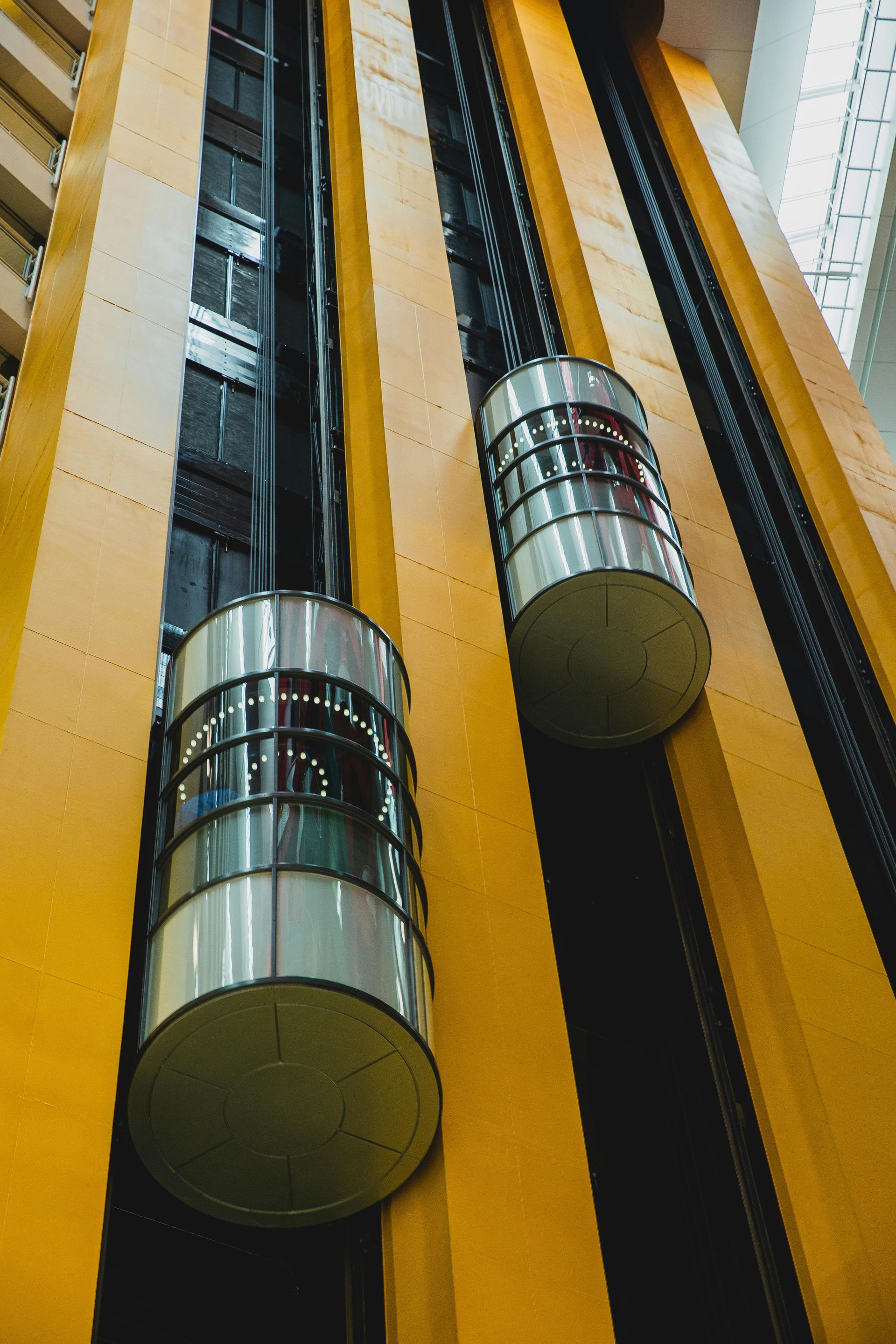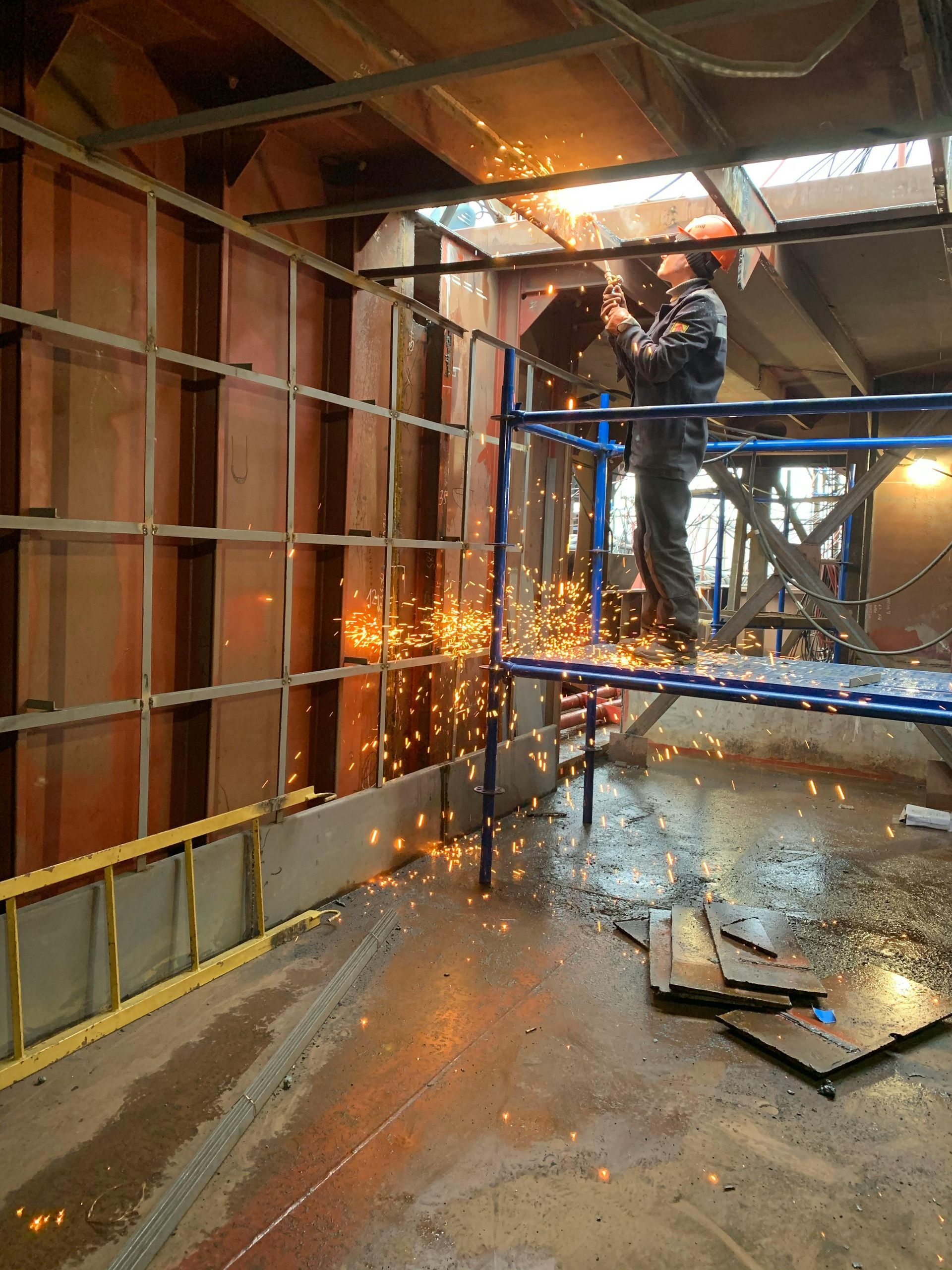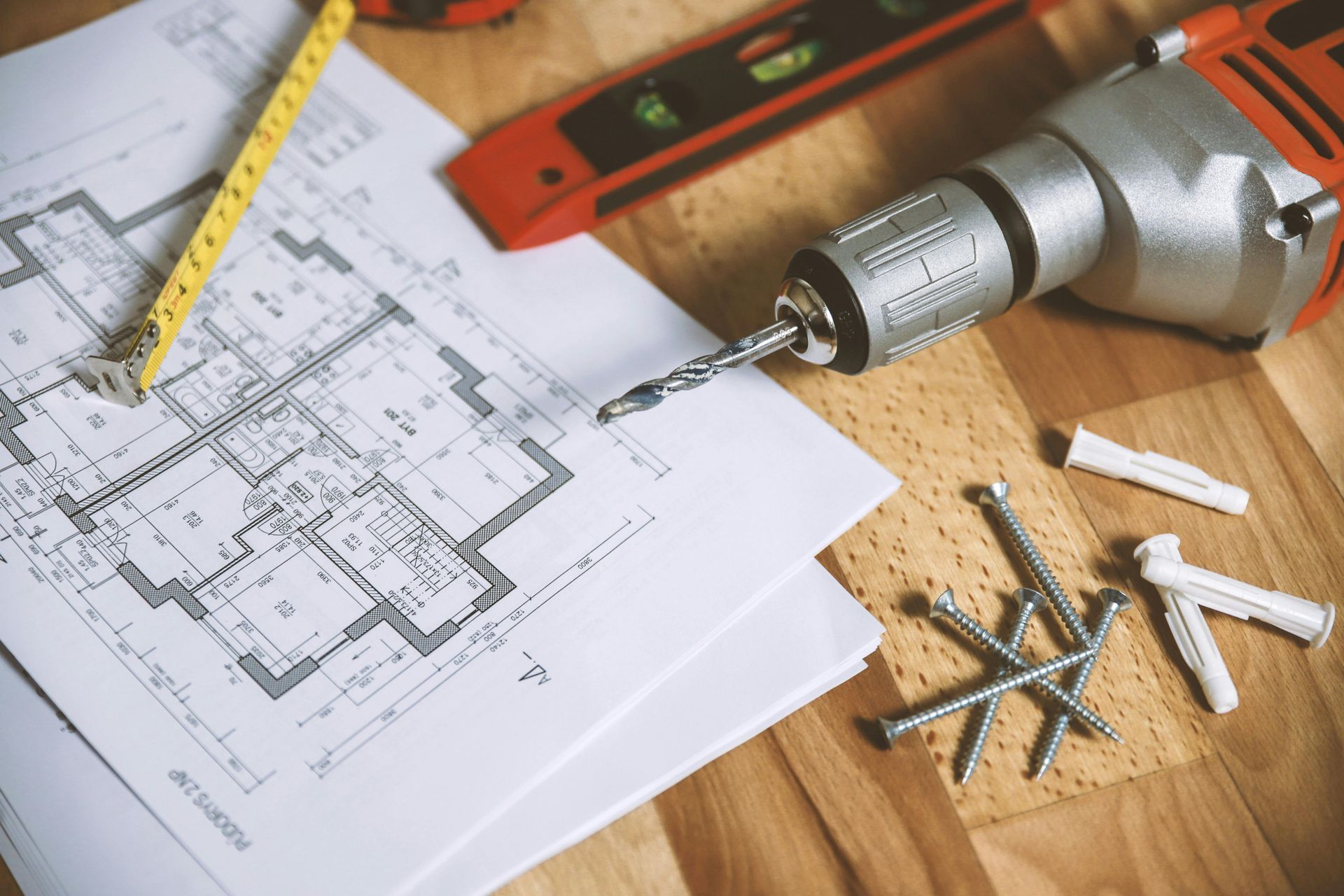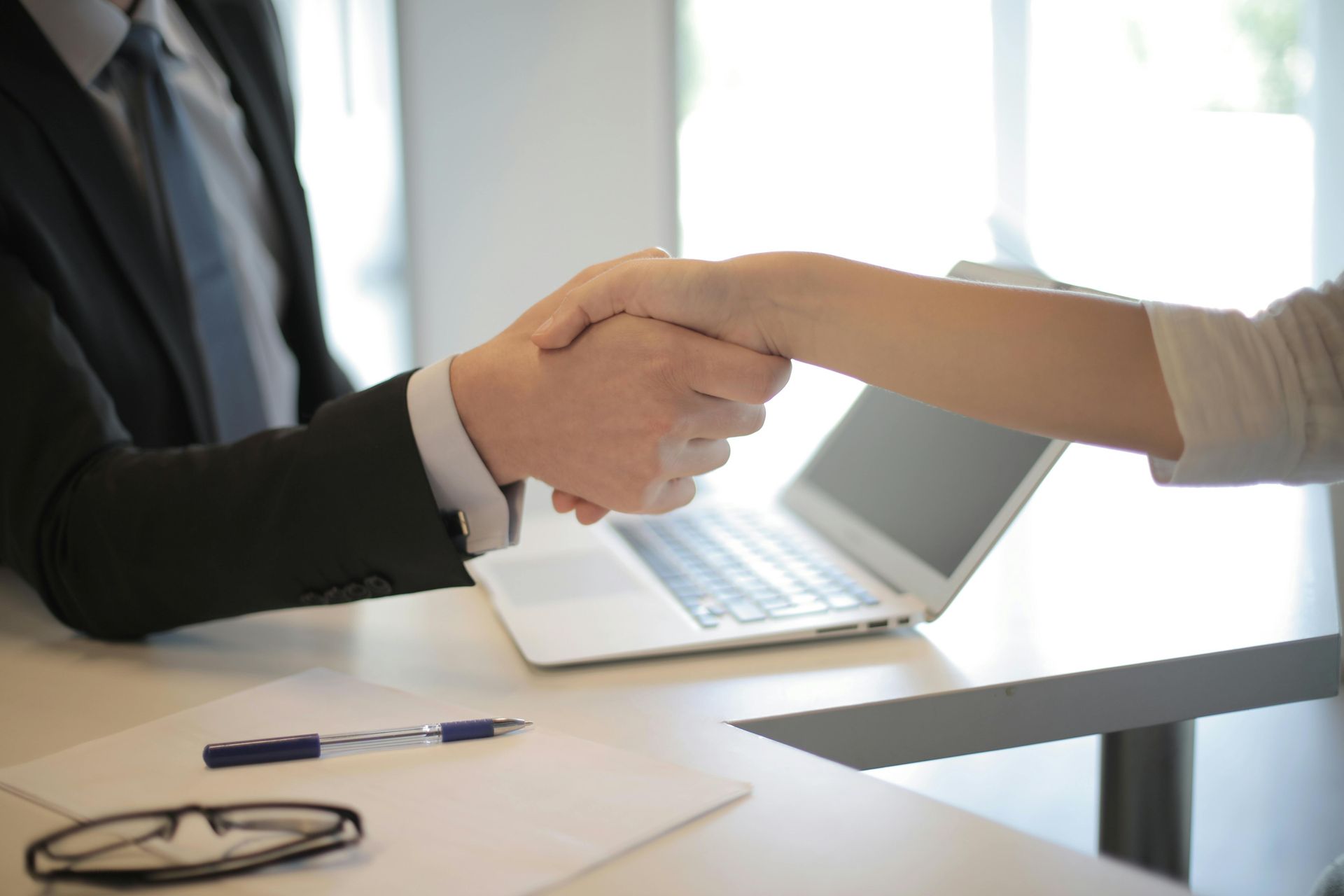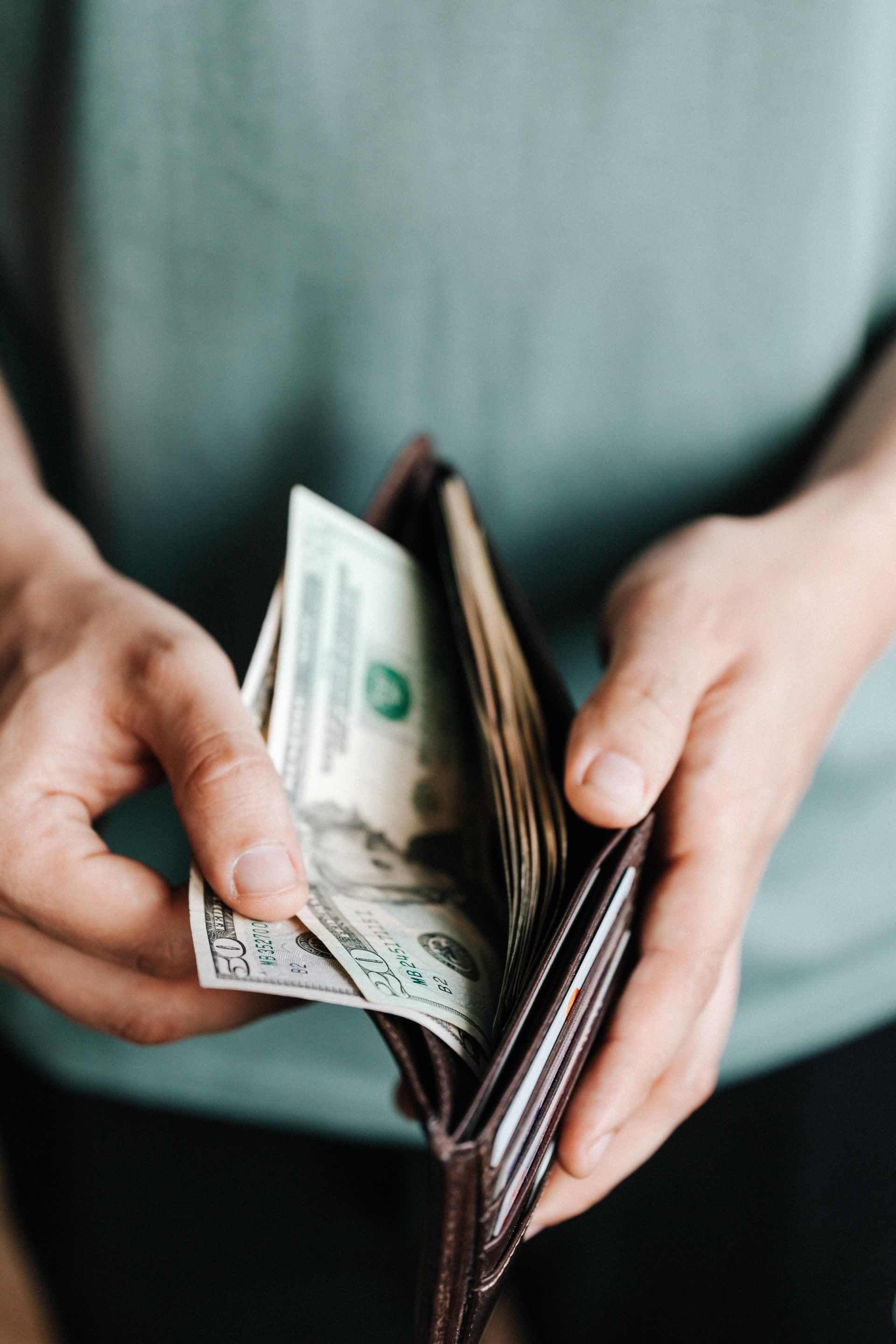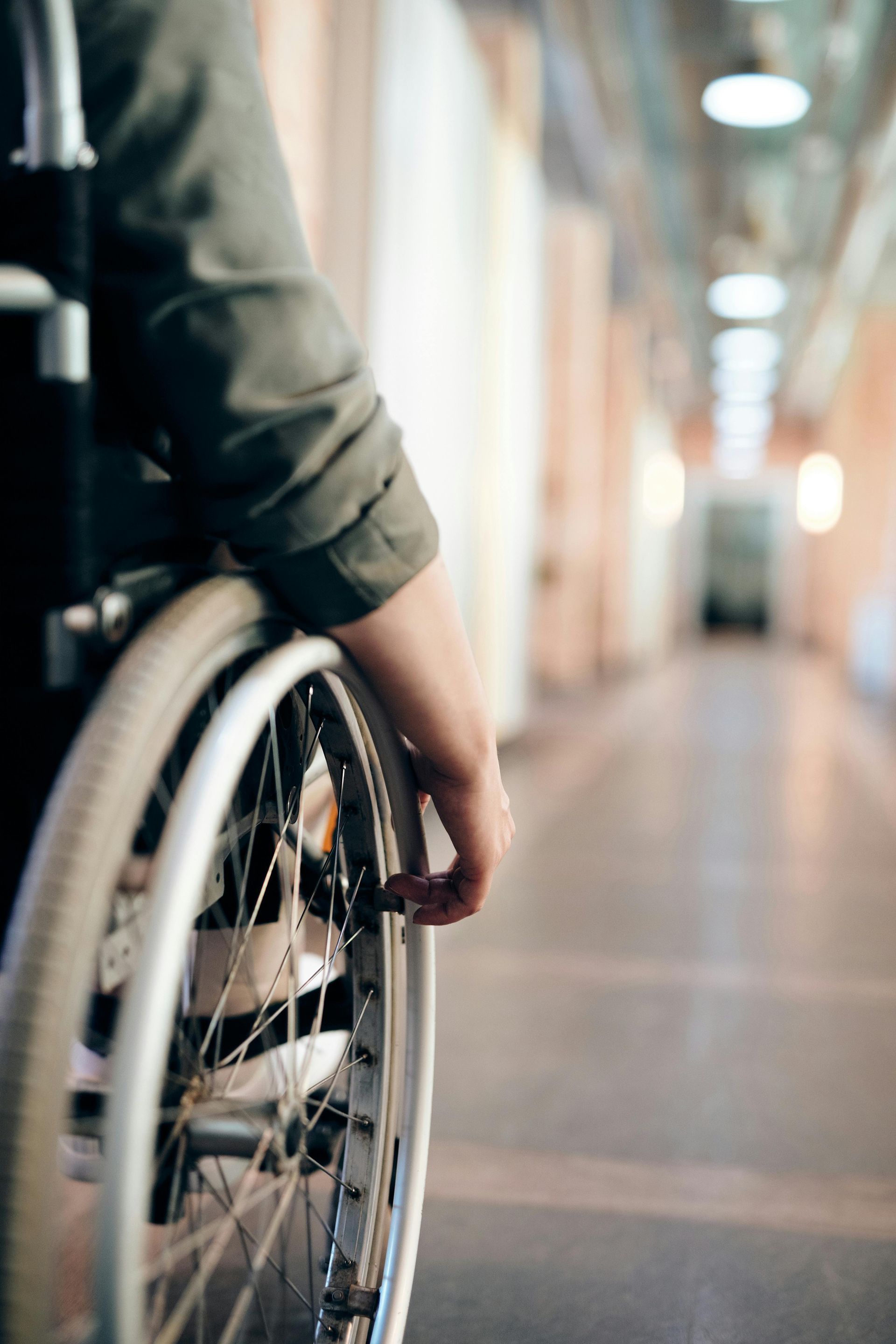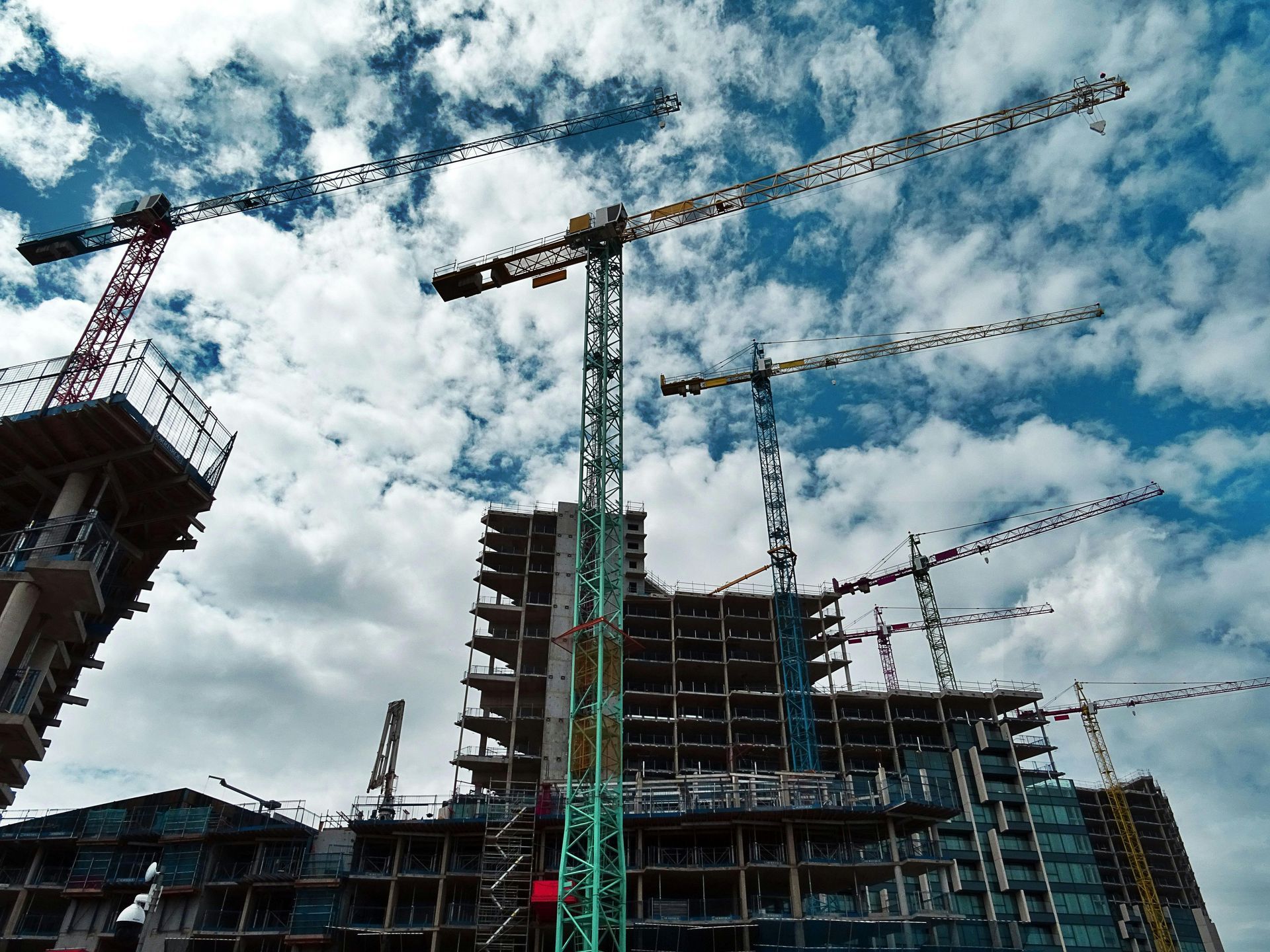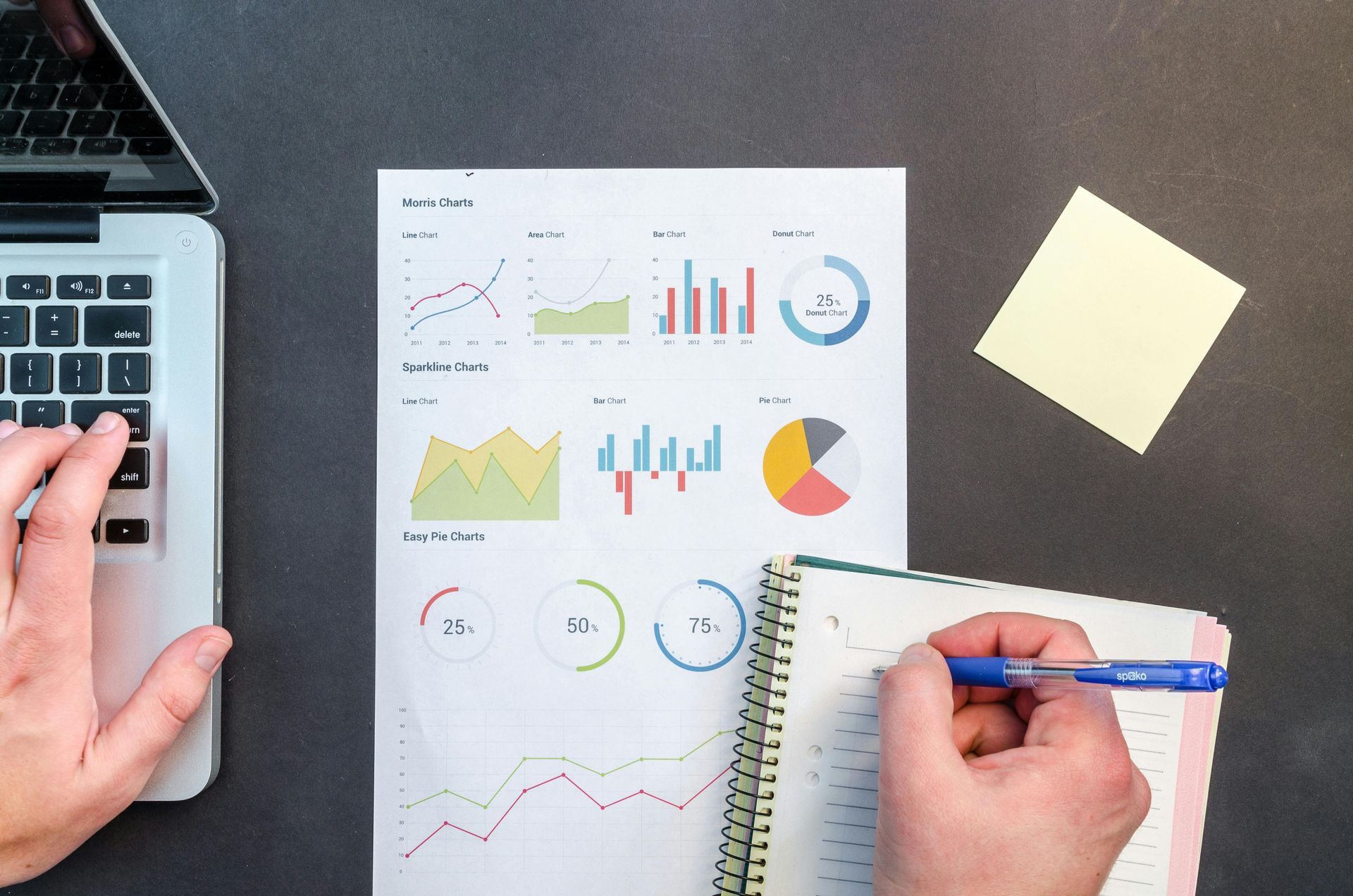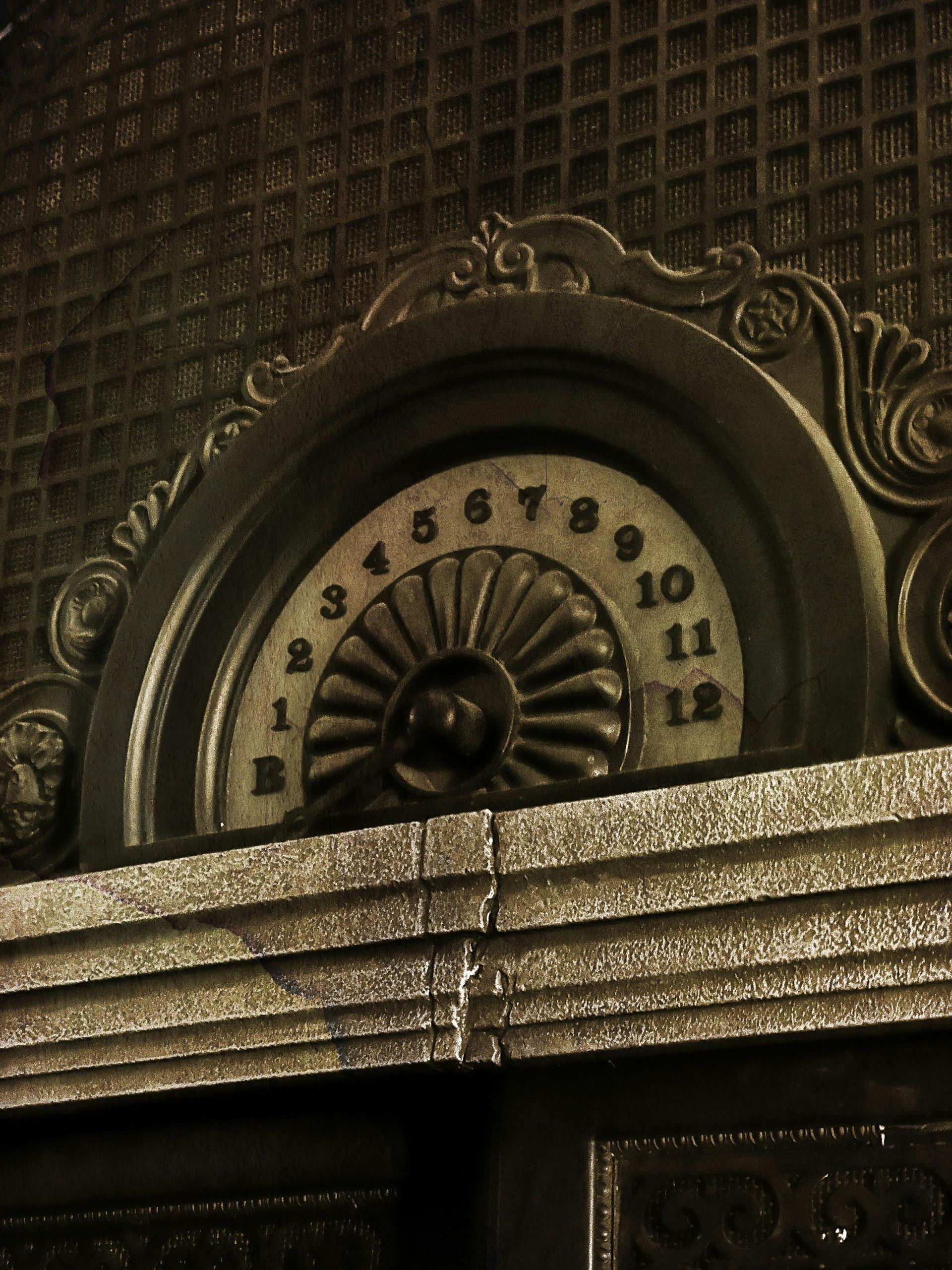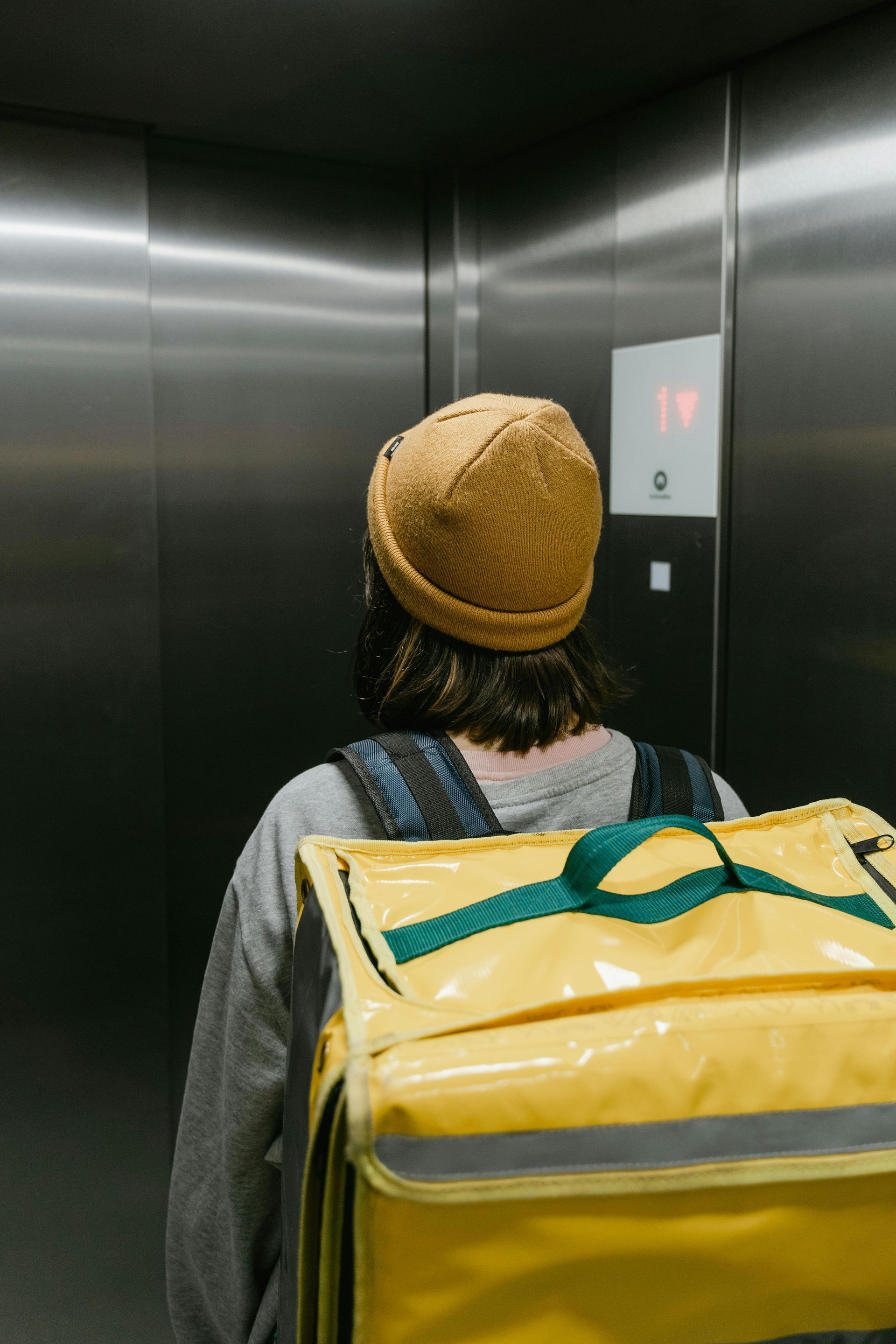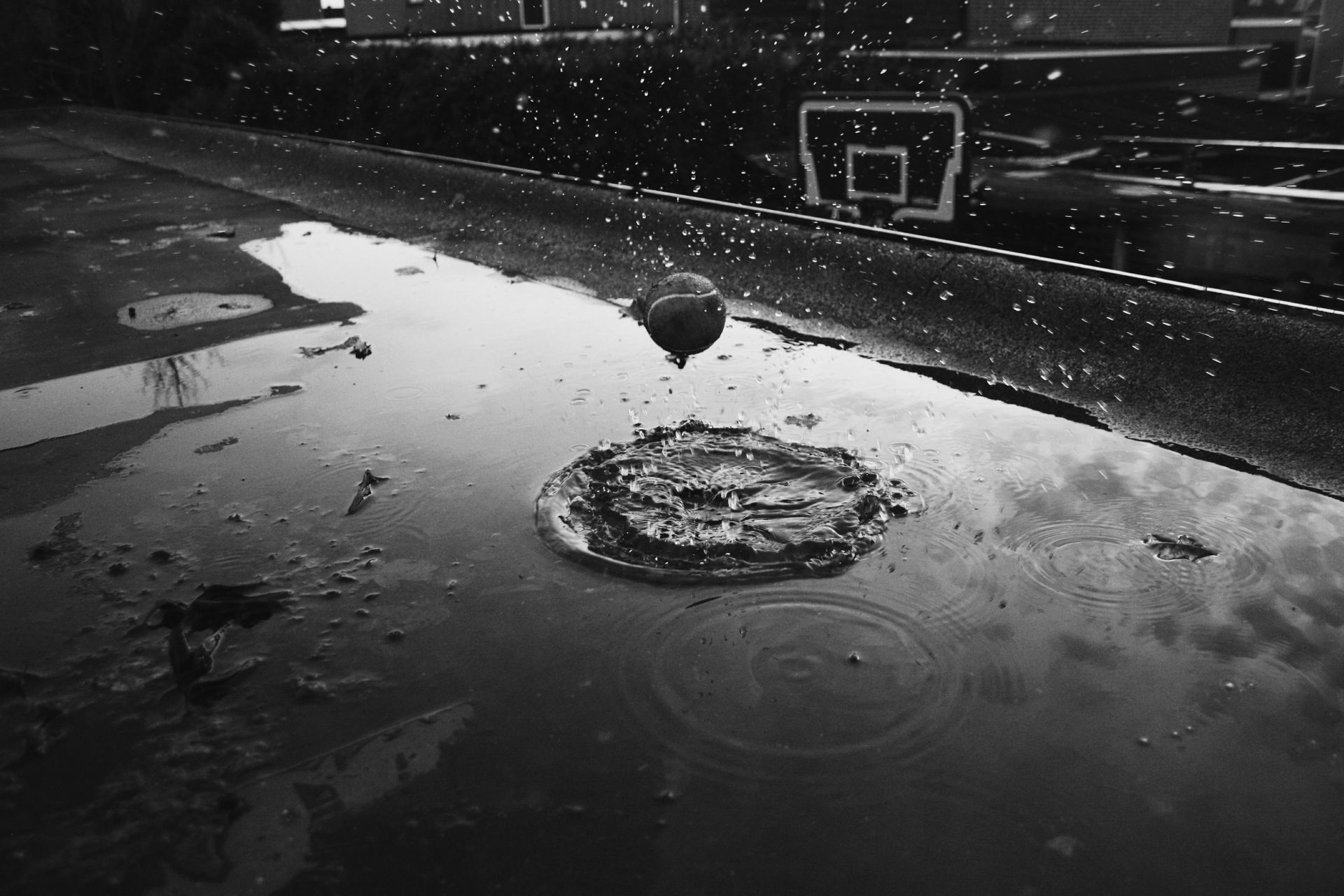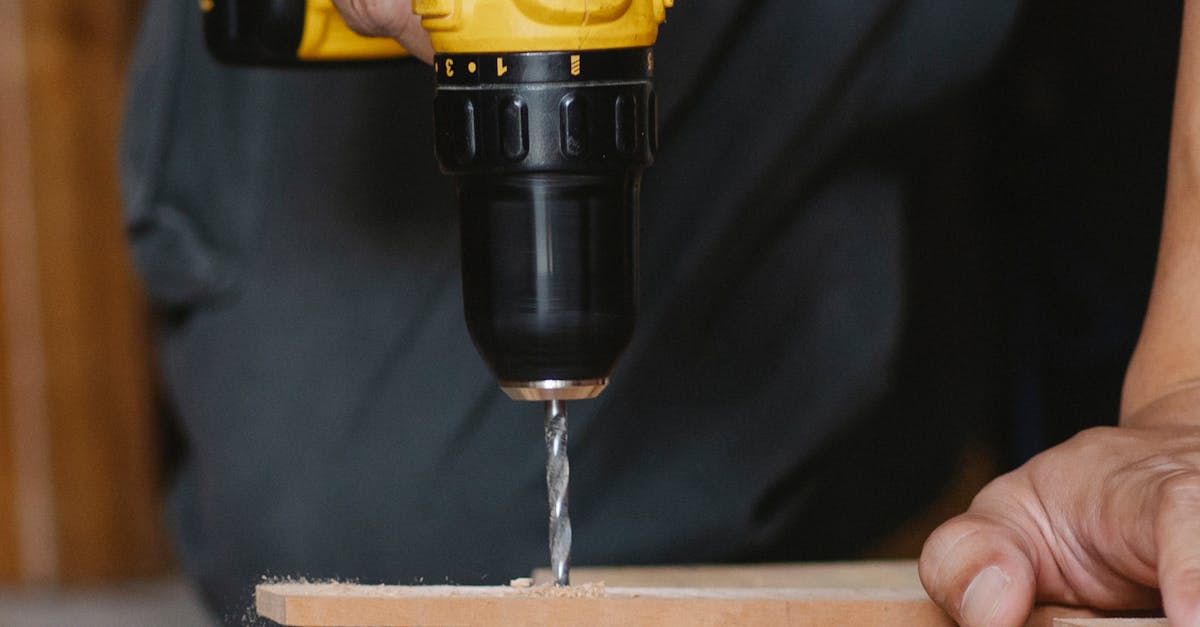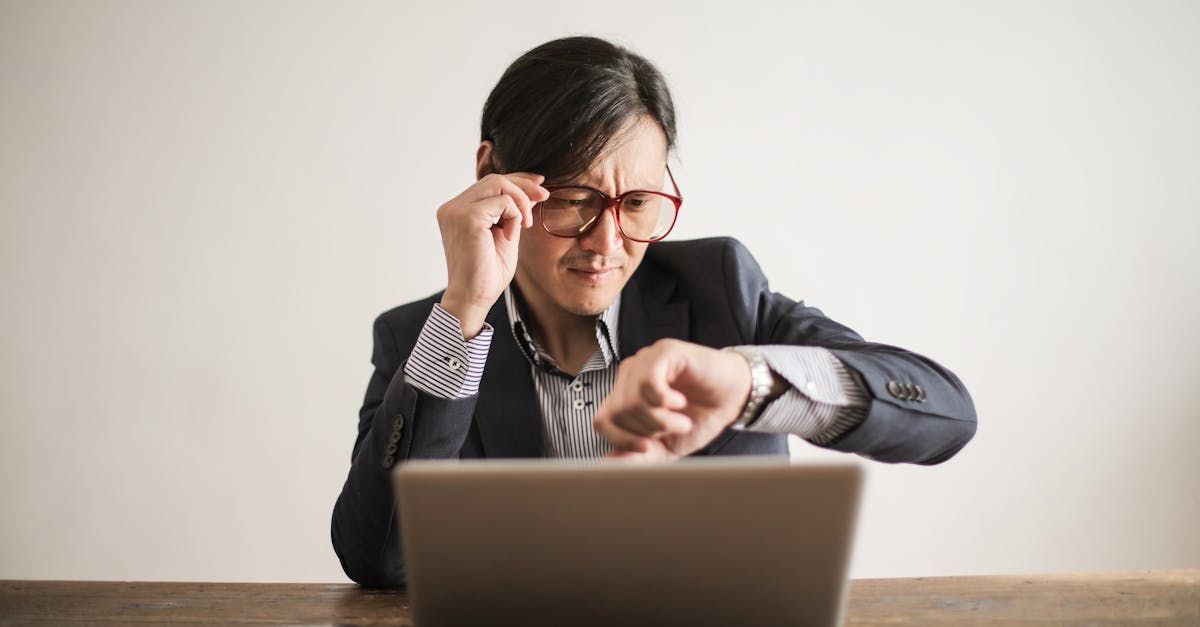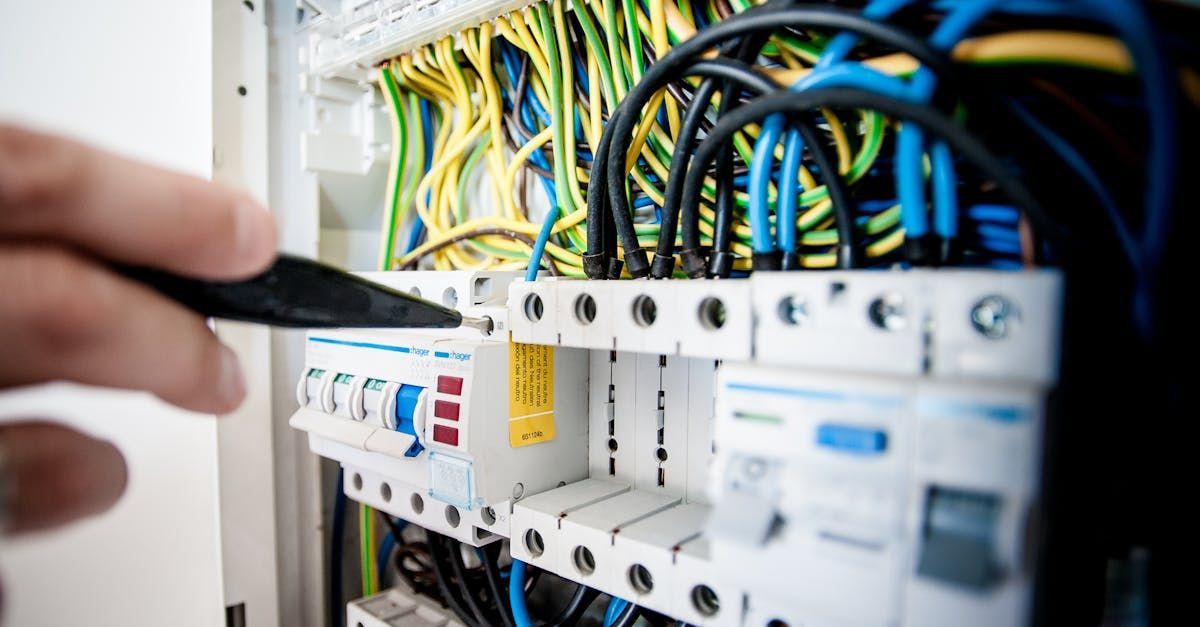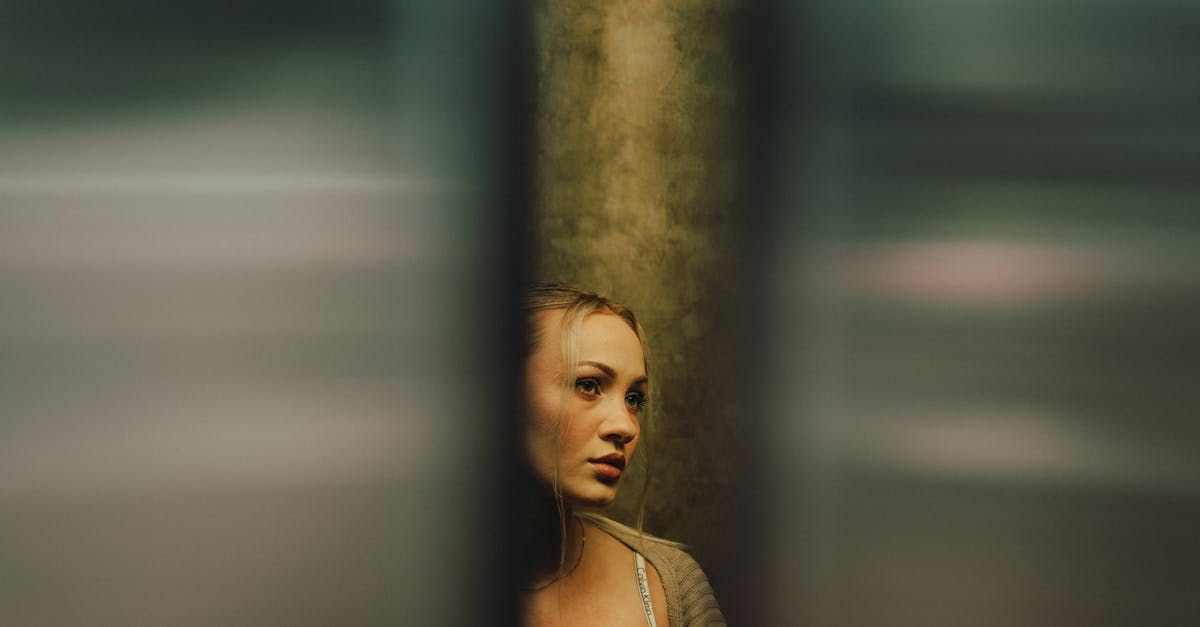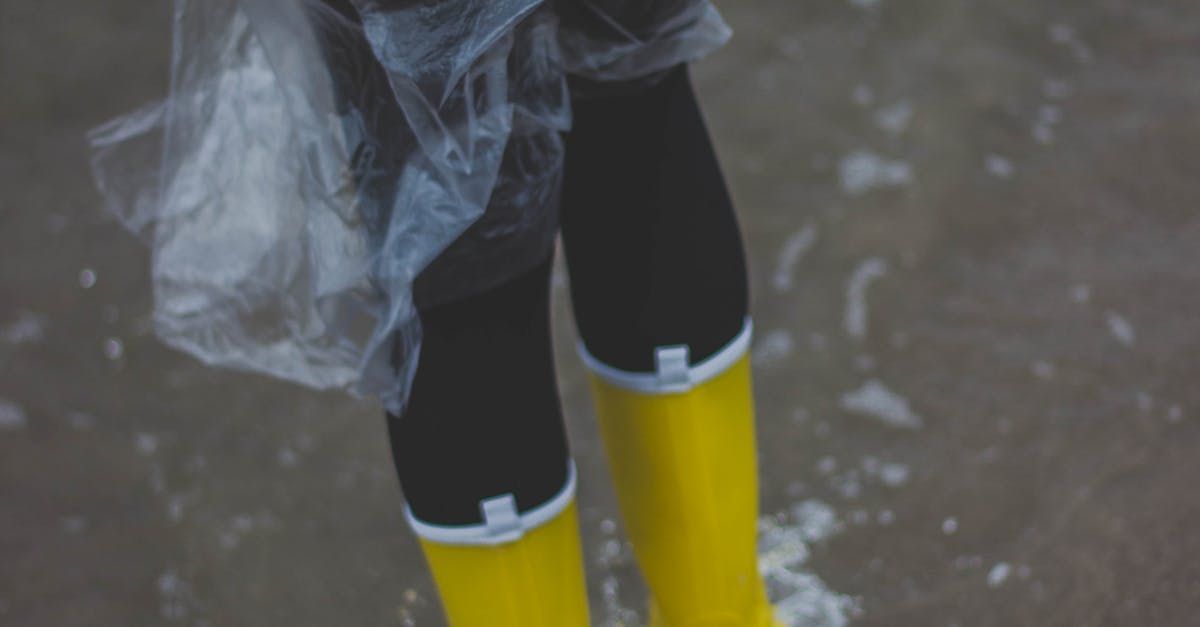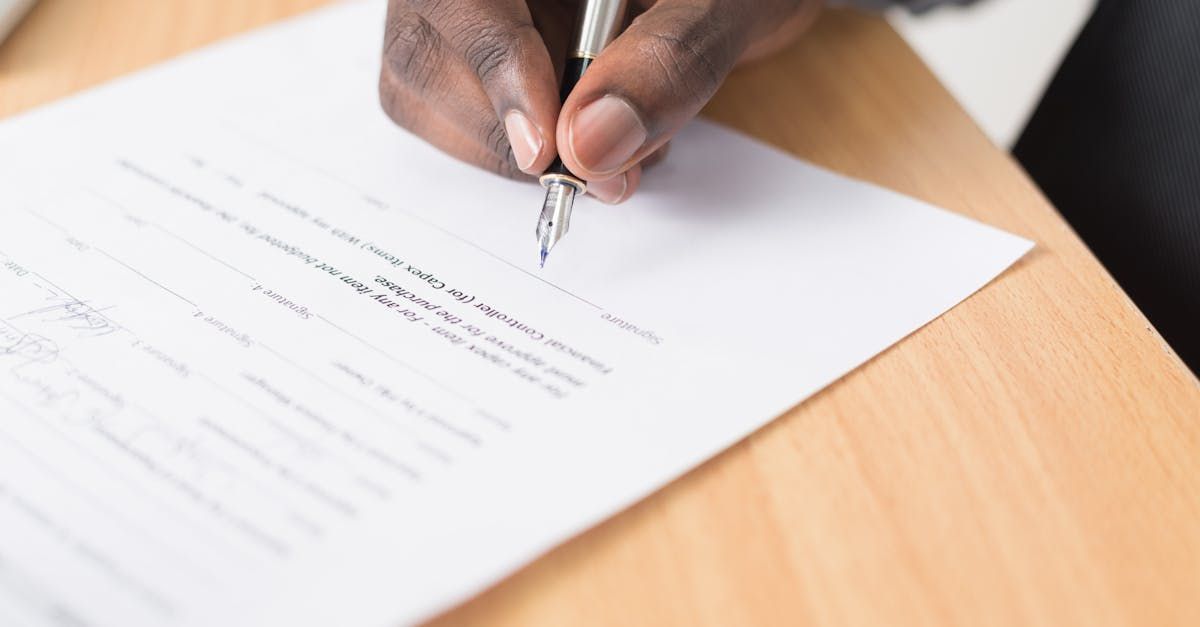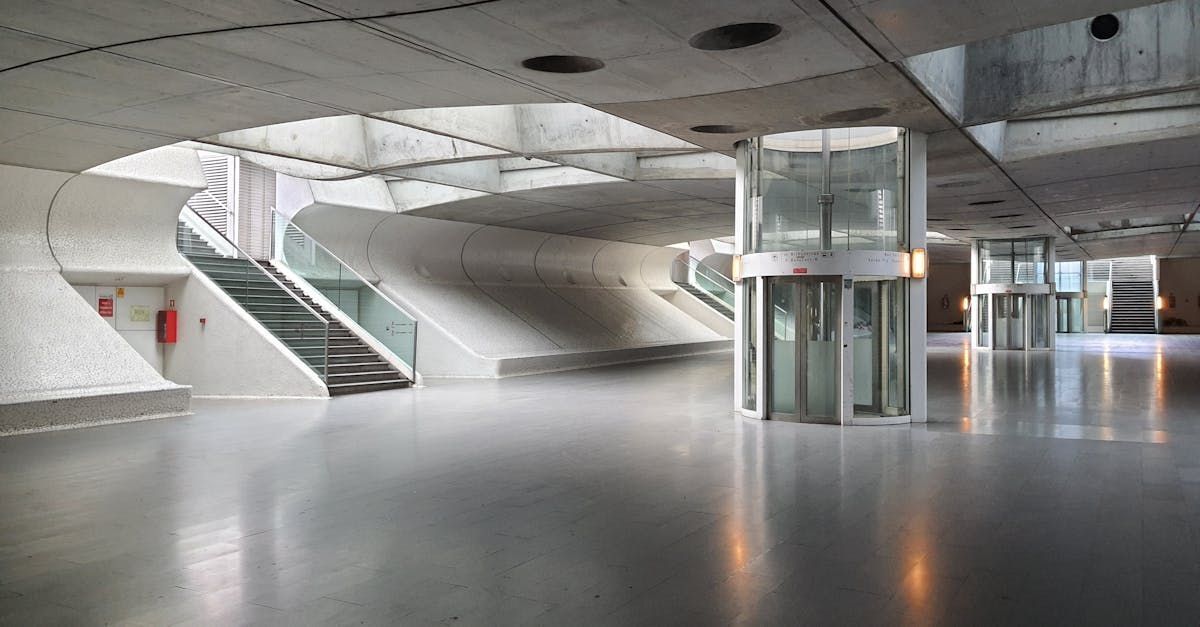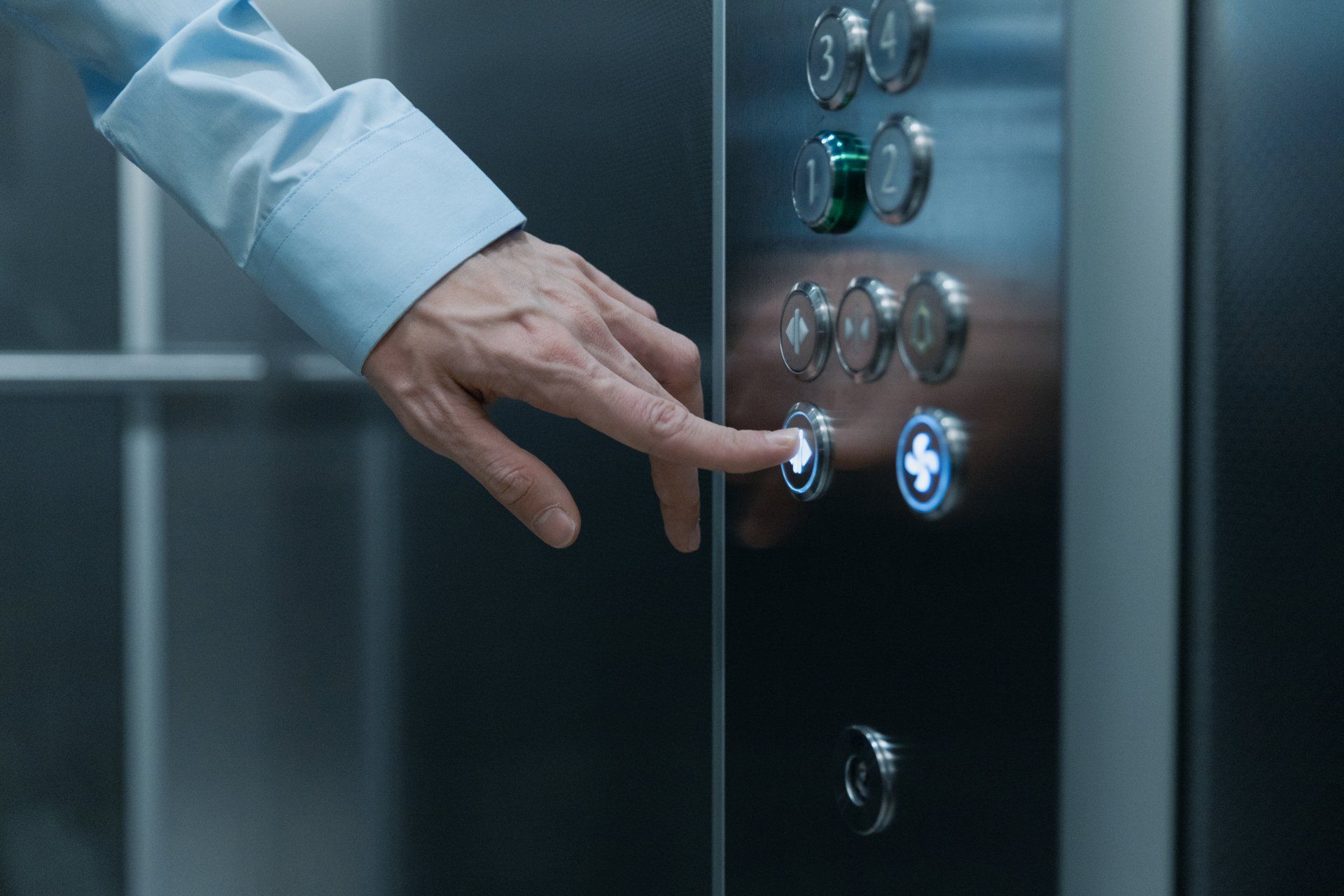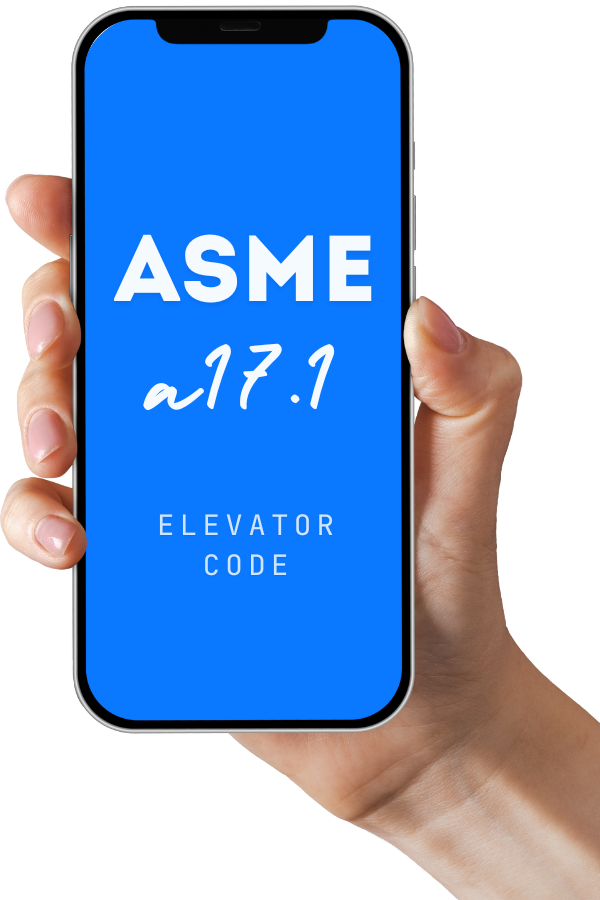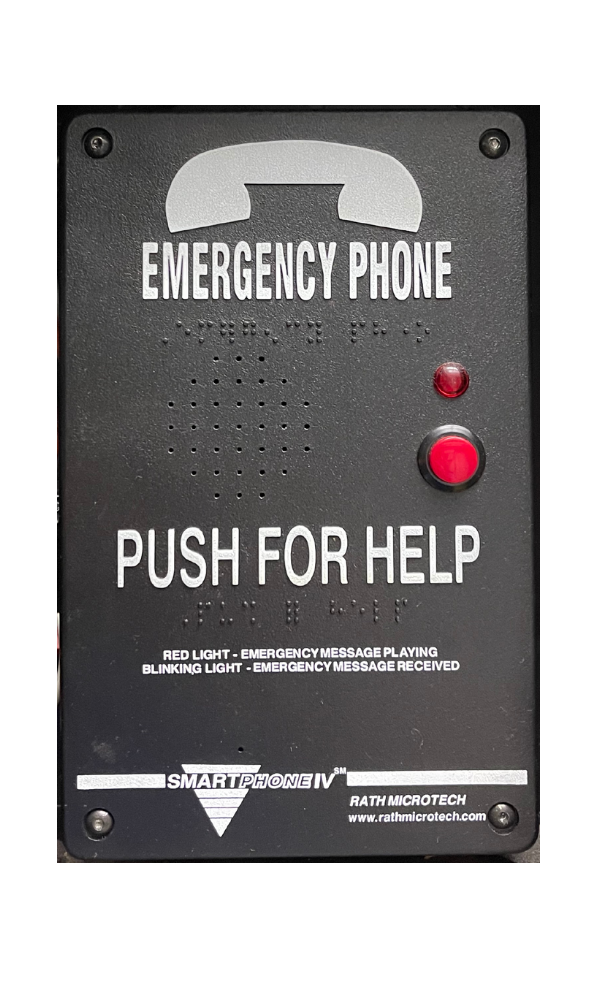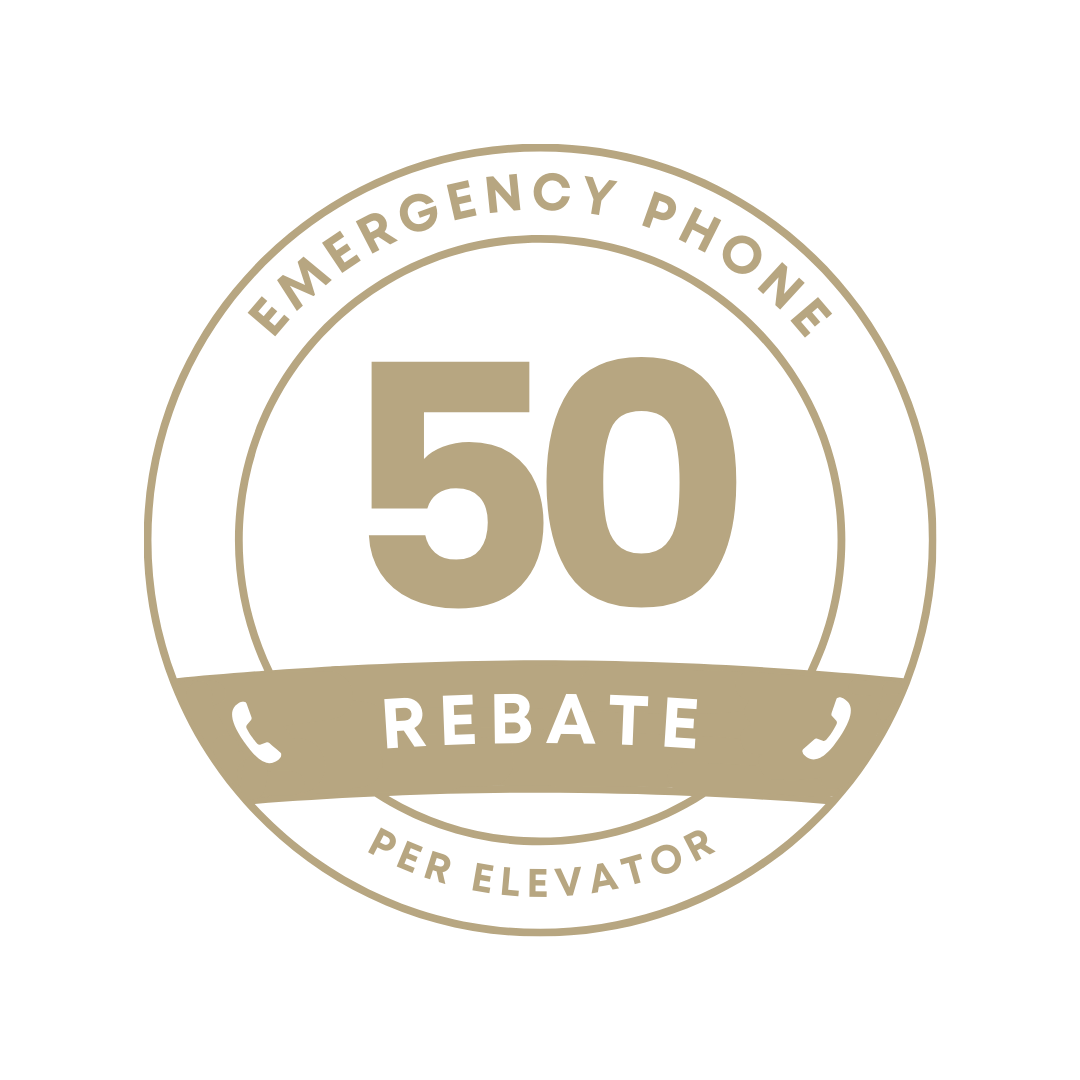Do Elevators Have Cameras?
Key Highlights
- Most modern elevators are equipped with security cameras for safety and security purposes.
- Elevator cameras are often discreet but visible, typically installed in ceiling corners or above the doors.
- These cameras usually record video footage continuously, and some may also have audio recording capabilities.
- Strict privacy laws and regulations govern the use of elevator cameras to protect individuals' rights.
- It's crucial to be aware of your surroundings and understand the legal implications of being recorded in an elevator.
Introduction
In today’s world, making sure elevators are safe is very important for building owners and managers. Because of more safety worries, many public areas, like elevators, now have security cameras. But this brings up real questions about privacy rights. This blog post will explain how common cameras are in elevators, why they are put there, the legal issues that come with them, and how we can balance safety and personal privacy.
The Reality of Cameras in Elevators
The use of cameras in elevators is very common, especially in businesses, apartment buildings, and other public spaces. Not every elevator has a camera, but more building owners are choosing to add them for security measures. Many people think these cameras are hidden, but most of the time, they are in plain sight, like high up in the corners or above the doors.
It's important to remember that adding and using elevator cameras must follow privacy laws. These laws are different depending on where you are and are there to keep a good balance between safety and people's privacy rights.
Why Elevators May Have Cameras
The main reason for putting cameras in elevators is to increase passenger safety and security. Elevators are small, closed spaces, making them targets for security problems like theft, vandalism, and attacks.
Security footage from elevator cameras can help prevent crime and give important evidence for any incidents. If there is an accident, kidnapping, or other crimes, the recorded footage can help find the criminals and support law enforcement in their work.
Also, having cameras in elevators can make passengers feel more secure. This helps them feel safer and more at ease.
Legal Implications in the United States
The use of security cameras in the United States, including in elevators, is regulated by both federal and state privacy laws. Federal law usually allows video recording in public places. However, it's important to follow the rules specific to each state.
Many states have their own laws about security cameras. These laws often cover audio recording, the need for signage, and informing people about surveillance. Building owners and managers need to learn the laws in their area. This helps them stay within the law and avoid legal issues.
Even in places where there are no clear elevator camera laws, the idea of "reasonable expectation of privacy" is important. This standard looks at if a person would normally think they are not being recorded in a certain situation.
Types of Cameras Found in Elevators
Elevator cameras come in different kinds, and each one has its benefits. Some regular types of elevator cameras are dome cameras, bullet cameras, and hidden cameras. Dome cameras are usually not easily noticed and fit nicely into the elevator's ceiling. Bullet cameras, on the other hand, are more visible and can help scare away intruders.
The type of camera chosen can depend on the size and setup of the elevator as well as its specific security needs. Building owners and security experts can team up to find the best camera type and place it where it works best for coverage.
Discreet vs. Visible Cameras
Elevator cameras can be either hidden or visible. Each type serves a special purpose. Hidden cameras are often out of sight. They blend in with the elevator’s design or look like something else. These cameras catch footage without being noticed and can help stop criminal activity.
Visible cameras are usually dome-shaped or bullet-style. They are clearly seen and are placed in open areas. These cameras discourage people from committing crimes because they know they are being recorded. They also make passengers feel safer, showing that their safety matters.
Choosing between hidden and visible cameras depends on the security needs of the building and how much deterrence is wanted.
Advanced Features in Modern Elevator Cameras
Modern elevator cameras are equipped with several advanced features designed to enhance their effectiveness. One such feature is their connection to the internet, making them IP cameras. IP cameras allow for remote monitoring and recording, enabling security personnel to access live or recorded footage from anywhere with an internet connection. IP cameras typically provide high-resolution video footage, allowing for clearer identification of individuals and incidents.
Additionally, many elevator cameras boast a wide field of view, allowing them to capture a broader area of the elevator with a single camera. Some cameras offer features like pan, tilt, and zoom (PTZ) capabilities, giving security personnel greater control over the camera's viewpoint.
The Purpose Behind Elevator Surveillance
Elevator surveillance has many important benefits. It helps stop crime, offers proof for investigations, keeps passengers safe, and helps manage buildings better. By watching elevators, building owners can make sure everyone feels secure.
Having cameras there encourages people to act well and reduces vandalism or other bad actions.
Enhancing Security and Safety
Elevator security cameras are important for keeping both passengers and the building safe. They provide constant watch, which can stop crimes like theft, assault, or vandalism. When these cameras are in place, potential criminals think twice before targeting elevators since they know their actions are being recorded.
If something bad happens, the video from the elevator security camera can be very useful. It can help find those responsible, piece together what happened, and support any legal actions. Having this video evidence makes it easier to investigate incidents and helps to hold people accountable for what they do.
Putting in elevator security cameras is a smart move for safety. It helps make the area safer for everyone. It shows a strong commitment to safety and can also improve the building's reputation and value.
Monitoring Traffic and Usage Patterns
Elevator cameras are useful for security and for monitoring traffic. They help analyze how people use elevators. By looking at the video, building managers can see when the busiest times are, how long people wait on average, and how often the elevators are used.
This information helps in planning elevator schedules better. It leads to smoother traffic flow and shorter wait times for everyone. Many modern elevator cameras use smart compression. This feature saves storage space for the video footage.
Using the information from elevator cameras, building managers can make better choices about maintenance, upgrades, and improving the system. This way of making decisions helps make the elevator system more efficient and effective.
Privacy Concerns and Ethical Considerations
Elevator security cameras have many benefits, but we must pay attention to privacy concerns and ethical issues related to their use. It is very important to find a balance between security and protecting people's privacy rights. Building owners and managers should be open about how they use surveillance and follow the necessary privacy laws.
It’s a good idea to let building occupants and visitors know about the elevator cameras. We can do this by using clear and visible signs. This kind of transparency helps people to understand their privacy rights and change their actions if needed.
Balancing Safety with Personal Privacy
One major challenge with using cameras in elevators is finding a way to keep people safe while also respecting their privacy. It's important to make sure that security measures match the risks and do not overly invade someone's right to privacy.
Even though elevators are public places, people still expect some level of privacy inside them. They might have private talks or show personal actions that they wouldn’t want on camera. To address these issues, building managers should think about steps like limiting audio recording, making sure cameras do not point towards private areas like keypads, and setting strict rules for who can access the video.
Privacy rules should be looked at and updated often to keep up with new laws or changes in how surveillance works. There should be clear rules about how long to keep the data, who is allowed to see it, and how it will be stored. These rules should be shared with everyone involved.
Regulations Governing Camera Use in Public Spaces
The use of cameras in public areas, like elevators, depends on different privacy laws. These laws change based on where you are. They aim to keep a balance between safety and people’s right to privacy. Building owners should know the laws that apply to their area.
In many places, getting consent is important for using security cameras. While you may not need explicit consent from everyone entering an elevator, putting up clear signs saying there is video surveillance is usually enough. Moreover, some areas don't allow cameras in places where people expect privacy, like restrooms or changing rooms.
Building owners must keep up with changing privacy laws. They need to make sure their use of security cameras follows the law. Talking to legal experts in privacy law can help them stay compliant and reduce legal risks.
Conclusion
In conclusion, elevators might have cameras depending on safety and security needs. Cameras can help improve security by watching how many people use the elevator. However, there are privacy concerns and ethics to think about. It is important to balance safety with individual privacy rights. Rules about camera use in public places are key to making sure there is accountability and transparency. Knowing about cameras in elevators shows us the need to find a middle ground between security measures and privacy rights.
Frequently Asked Questions
Are all elevators equipped with cameras?
Not every elevator has cameras. But, cameras are becoming common in office buildings, apartment buildings, and other public spaces. The choice to add cameras in elevators usually depends on the security requirements of the building, budget limits, and any local rules that might affect businesses and public places.
Can elevator cameras record audio?
The rules about audio recording by elevator cameras depend on local privacy laws and regulations. In some areas, it is okay to record audio along with video. In other places, it is not allowed at all. Building owners need to follow these laws. If they do not, they might face legal issues. It is a good idea for them to talk to legal experts to make sure their security systems follow the proper standards.
How can I identify a camera in an elevator?
While some hidden cameras are hard to find, most cameras in elevators are easy to see. They are often placed where you can notice them. Look for small, dome-shaped cameras in the corners of the elevator, on the ceiling, or close to the control panel. Keep an eye out for strange reflections or changes in light conditions that might mean there is a hidden camera nearby.
What should I do if I feel my privacy has been violated by an elevator camera?
If you think an elevator camera has violated your privacy rights, write down what happened. Then, think about telling building management or the right authorities. You may also want to talk to a privacy law expert. They can help you understand if you can take legal action. This is especially important if you believe your personal privacy has been invaded without a good reason or a proper warning.

